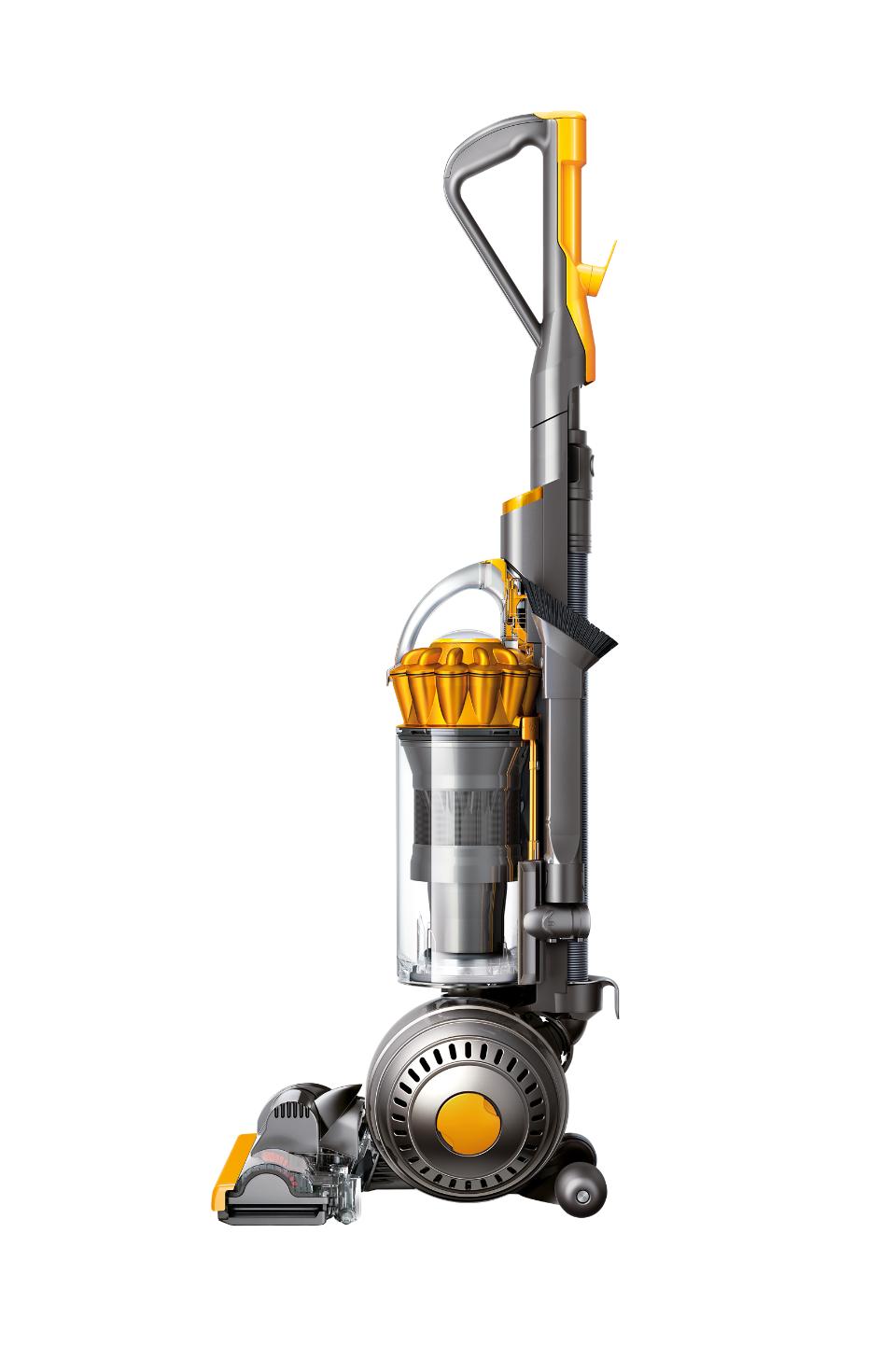Keurig – K-Slim Single-Serve K-Cup Pod Coffee Maker – Black
Get your much-needed caffeine fix with this Keurig K-Slim single-serve coffee maker. The compact design easily fits on your kitchen counter or side table, while the single-serve design lets you have a cup of joe in few easy steps.
Get your much-needed caffeine fix with this Keurig K-Slim single-serve coffee maker. The compact design easily fits on your kitchen counter or side table, while the single-serve design lets you have a cup of joe in few easy steps. This Keurig K-Slim single-serve coffee maker has a drip tray to hold overflows and keep your counter neat.
Additional information
| Removable Drip Tray | Yes |
|---|---|
| Removable Water Reservoir | Yes |
| Auto Shut-Off | Yes |










by Shawn
It is so much faster than the older models and still holds enough water to brew 4 cups of coffee. I loved mine and bought one for my mom.
by Dodge
we love the slim design and much quicker then old one.
by Delta
Takes little counter space easy to use and adjust the settings for the size cup desired.
by Digit
Great product. Easy to use. No complaints at all.
by Kathleen
Excellent size for our office staff if four people.
by Celina
Great product for the value. Doesn’t take too much counter space.
by Miles
Working fine two months later. No issues. I don’t drink coffee but girlfriend loves it.